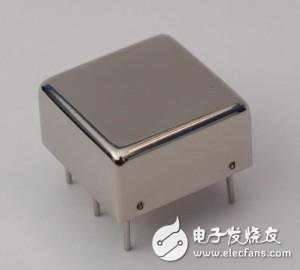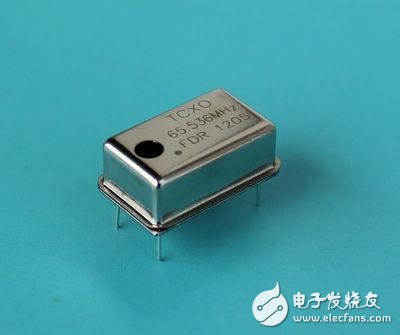Both the constant temperature crystal oscillator (OCXO) and the temperature-compensated crystal oscillator (TCXO) are types of active crystal oscillators. They both require an oscillating circuit powered by a power supply to function properly. This section will briefly explain the key differences between these two types of oscillators.
Definition
The constant temperature crystal oscillator, also known as OCXO (Oven Controlled Crystal Oscillator), maintains the quartz crystal at a stable, constant temperature using a built-in oven or temperature control system. By keeping the crystal at a fixed temperature, it minimizes frequency drift caused by environmental temperature changes, resulting in high stability. The OCXO typically includes a thermostat control circuit and an oscillator circuit. A common method for temperature regulation is using a thermistor-based bridge with a differential amplifier to monitor and adjust the temperature.
The temperature-compensated crystal oscillator (TCXO) uses an additional compensation circuit to reduce frequency variations due to temperature changes. It does not maintain a constant temperature but instead applies electronic compensation to counteract the effects of temperature on the crystal's frequency output. This makes TCXO more compact and power-efficient compared to OCXO.
The term "temperature-compensated crystal oscillator" refers to a quartz oscillator that has been modified with external circuits to reverse the natural frequency-temperature relationship of the piezoelectric crystal. Normally, the frequency of a quartz crystal changes in a cubic curve with temperature. The TCXO compensates for this behavior, ensuring minimal frequency variation with temperature changes.

Constant Temperature Crystal Oscillator

Temperature-Compensated Crystal Oscillator
Working Principle
The OCXO works by maintaining the crystal at a constant temperature, which helps stabilize its frequency output. This method ensures high-frequency accuracy and stability, making it ideal for applications requiring precise timing.
The TCXO, on the other hand, uses an internal circuit to compensate for temperature-induced frequency shifts. Instead of heating the crystal, it adjusts the resonant capacitance in response to temperature changes, thereby reducing frequency instability.
Measurement Accuracy
OCXOs generally offer much higher frequency stability than TCXOs. For example, a TCXO might achieve stability around ±10 ppb (parts per billion), while an OCXO can reach up to ±0.01 ppb or better. This makes OCXOs suitable for high-precision equipment like signal generators, frequency counters, and network analyzers.
However, OCXOs require a warm-up period before reaching their full stability. Even with advanced heating elements, they may take several minutes to stabilize. In contrast, TCXOs start operating almost immediately, making them more suitable for systems that need to be ready right after startup, such as military or portable devices.
While OCXOs provide superior performance, TCXOs are often preferred when power consumption and size are critical factors. Both types serve as essential time references for various electronic systems, and understanding their characteristics allows for informed selection based on application needs.
Acrylic display with leds,Led Acrylic box
Led Backlight,Flashing Backlight,Led Panel,Led Acrylic Box Price Label
AST Industry Co.,LTD , https://www.astsoundchip.com